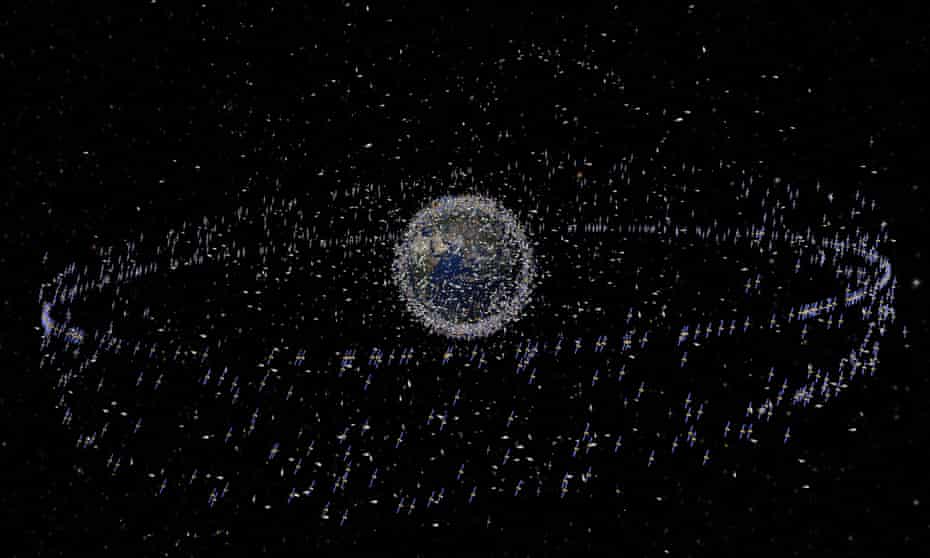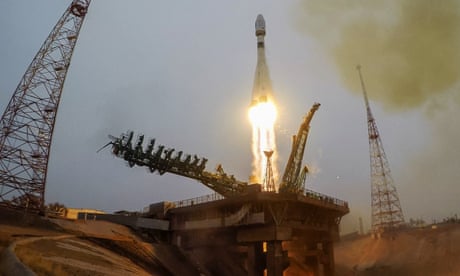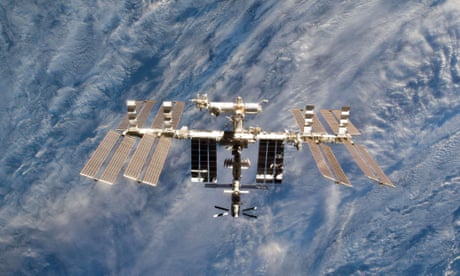Extract from The Guardian
Australian company joins global effort to recycle dangerous space debris.

The orbit our planet depends on is getting clogged with debris from old spacecraft. Dead satellites and spent rocket parts are whizzing around at speeds of up to 28,000 kilometres an hour, posing a threat to communications satellites and the International Space Station.
At those speeds, even a small screw or a fleck of paint poses a risk to facilities like the Space Shuttle or the ISS, as well as the humans in them.

Last weekend, Russia fired a missile and destroyed one of its own satellites, sending debris flying. The United States said that debris now “threatens the interests of all nations”. The worst-case scenario is cascading collisions between smaller and smaller bits of space junk until orbits become unusable, a situation known as the Kessler Effect.
Now Neumann is working on a plan with three other companies to turn space junk into fuel for that propulsion system.
Japanese start-up Astroscale has already demonstrated how it can use satellites to capture bits of debris in space.
Nanorocks, in the US, is working on a plan using advanced robotics to store and cut up that debris while it is still in orbit. Another US company, Cislunar, is developing a space foundry to melt debris into metal rods.
And Neumann Space’s propulsion system can use those metal rods as fuel – their system ionises the metal which then creates thrust to move objects around orbit.
Chief executive officer Herve Astier said when Neumann was approached to be part of a supply chain to melt metal in space, he thought it was a futuristic plan, and would not be “as easy as it looks”.
“But they got a grant from Nasa so we built a prototype and it works,” he said.
“We did a live technology demonstration.

“One can grab a piece of debris, one can cut the debris open, one can melt the debris, and we can use that.”
Once objects are sent into orbit, they can be there forever unless they float out of orbit (de-orbit) and burn up in Earth’s atmosphere (or occasionally hit Earth’s surface).
As the space junk problem worsens, institutions around the world are trying to come up with solutions, from magnets to “space claws” to harpoons.
Australian researchers are also working on the problem.
Saber Astronautics has won a Nasa grant to develop a drag sail, which will launch from a spacecraft at the end of its life and drag it out of orbit.
Sydney’s Electro Optic Systems, working with the University of Canberra, has developed laser technology that can nudge junk away from potential collisions, or towards the atmosphere.
The Australian Institute of Machine Learning has a grant to improve detection and tracking of debris, and a new surveillance radar in Western Australia will help with that too.
Recycling the junk, instead of capturing it or destroying it, is another dimension again.
Astier says it is still futuristic, but now he can see that it’s possible.
“A lot of people are putting money into debris. Often it’s to take it down into the atmosphere and burn it up. But if it’s there and you can capture it and reuse it, it makes sense from a business perspective, because you’re not shipping it up there,” he said.
“It’s like developing a gas station in space.”
No comments:
Post a Comment